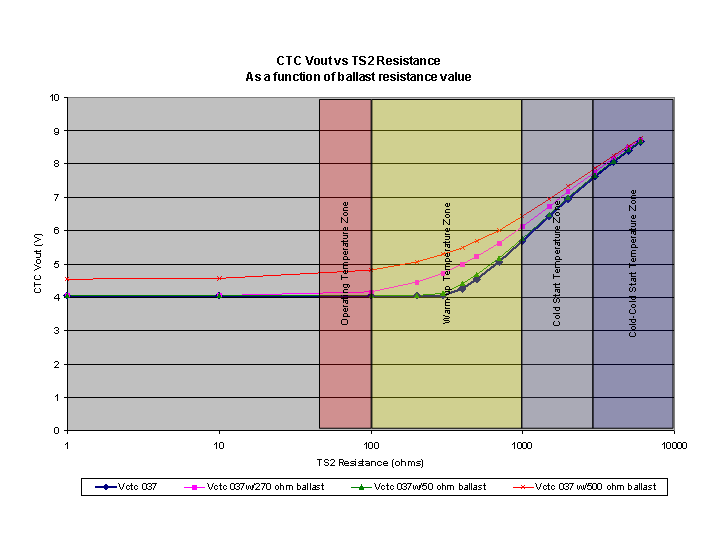- First step - make sure the engine has no other faults. Mechanicals perfect, all systems present and working. correct part numbers, timing/dwell set to spec, valves adjusted to spec, fuel pressure to spec. etc., etc.....
- Set the MPS using a dyno
- Set the basic mixture (inner screw) - goal here is fuel economy and low emissions with reasonable performance (suggested AFM targets?)
- Set the transition vacuum to full load (outer screw) - goal here is to eliminate flat spots
- Set the full load mixture (full-load stop screw) - goal here is to set for maximum performance at WOT
- Get car fully warmed-up and set idle mixture to spec CO - goal here is to reduce emissions and fuel consumption, and to minimize idle droop with electrical loading (the leaner the better).
- Set idle speed with bleed screw to 1000 rpm
- Let sit overnight
- Insert 300 ohm potentiometer into the CHT circuit (make cables long enough to adjust from the cockpit
- Start car and drive for 15 to 30 minutes, with frequent stops - you're looking for:
- Proper aux air regulator operation (at least 5 minutes of idle higher than 1500 rpm after starting)
- Idle stability without drooping, oscillations, or stalling
- No popping on overrun
- Minimum idle droop when electrical loads are on (lights, heater, blower)
- If the conditions above are noted, increase the pot setting slowly until the best compromise performance is achieved.
- Remove pot from circuit, read value - fabricate 1/4W ballast resistor to insert in CHT circuit of same value.
Comments?
If the intake system has been significantly modified (e.g. different cam, big valves, etc.), then to do the dyno procedure correctly, an assessment of the VE changes would need to be made, and the ECU daughter-card SC circuit would need mods - but this is beyond a reasonable approach for most people.

